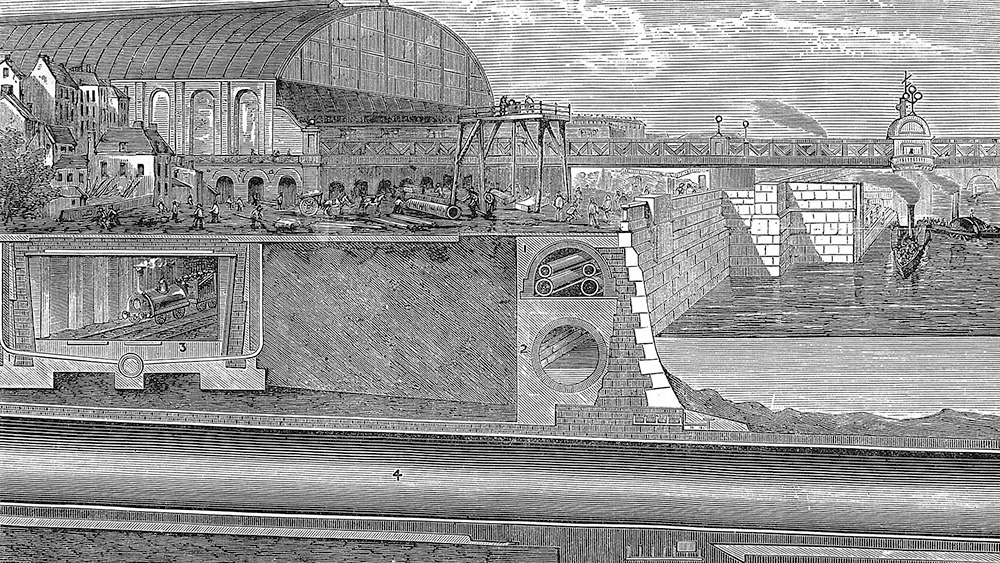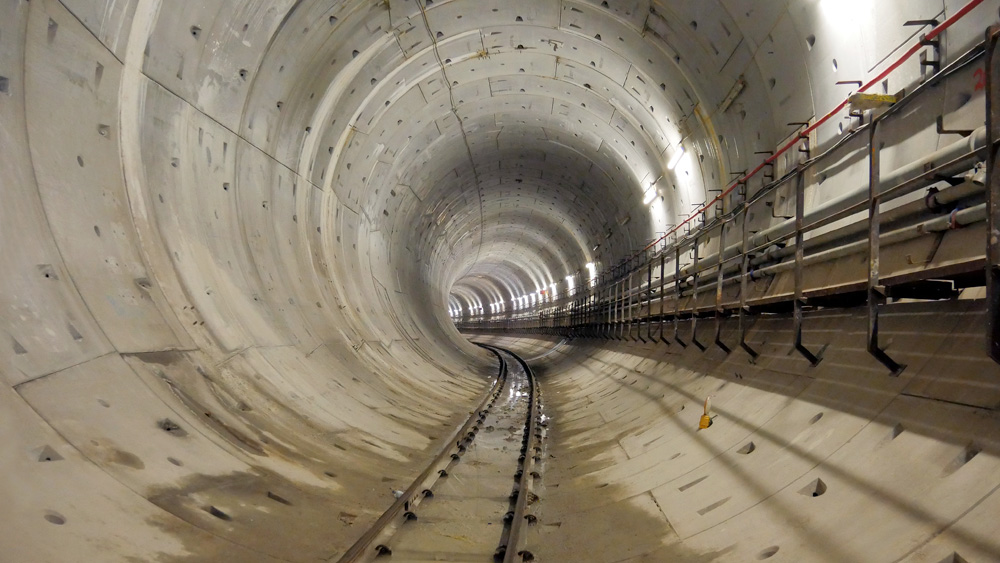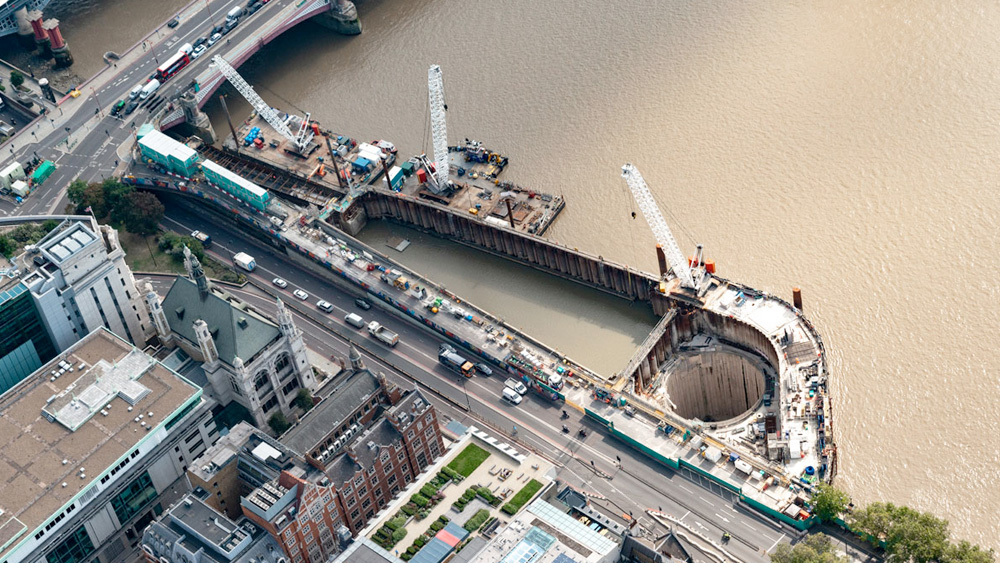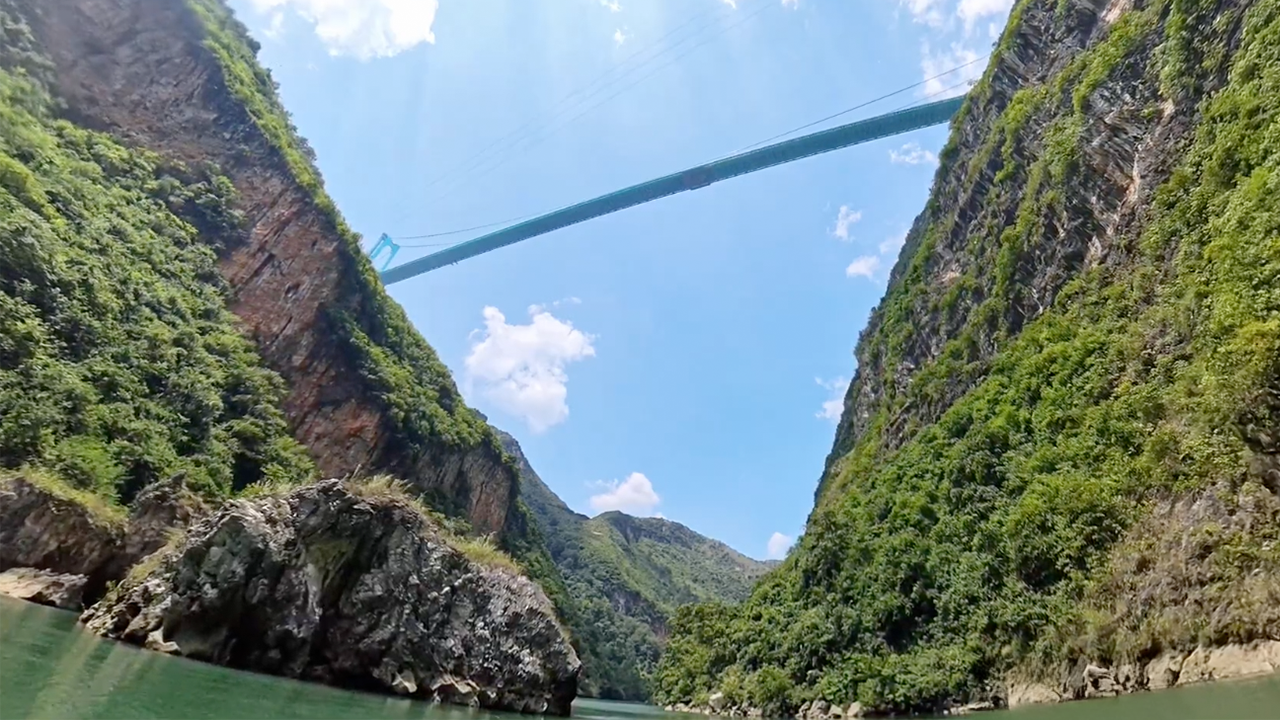Keep Out of London's Newest Tunnel
- Youtube Views 610,360 VIDEO VIEWS
Video narrated and hosted by Fred Mills. This video and article contains paid promotion for Esri.
London has a new addition to its subterranean landscape. It’s an enormous 25-kilometre-long tunnel, seven metres wide and it has a cost of USD $5BN. But don’t expect to see weary commuters shuttling through it, because this is the Thames Tideway Tunnel, the latest addition to London’s centuries-old sewer network.
The UK has a sewage problem. Across the country, sewers are bursting at the seams and their contents are ending up in rivers and the Thames is no exception. In 2022, 14.3BN litres of sewage ended up in the capital’s main watercourse.
London’s existing plumbing dates back to the Victorian era, when engineer Joseph Bazalgette was commissioned to create the city’s first comprehensive sewer system. When it opened in 1865, Bazalgette’s sewer was a triumph of engineering. But the population of the city it was built to serve has almost tripled since then.

Above: A cross section showing the installation of Bazalgette's sewer.
Currently, when it rains in London, or if there is any other kind of surge, overflow pipes funnel excess waste into the river. The new super sewer works by intercepting the waste and depositing it down a deep shaft into the main tunnel, where it floats away for processing.
For it to work the tunnel has to stay close to Bazalgette’s original system, running alongside the Thames for most of its route. It also needs to fall consistently by 40 metres over its length to allow gravity to facilitate the flow of feculent.
And that’s the catch. The ground underneath London is almost as congested as the city above it. Along its 25-kilometre course, the tunnel crosses paths with over 40 different tunnels, as well as weaving its way past the foundations of some of the most iconic bridges in the capital.

Above: The interior of the Thames Tideway Tunnel. Image courtesy of Tideway.
One site which epitomises the difficulty the team faced while constructing the tunnel is Blackfriars foreshore. Here, the Fleet combined sewer overflow (CSO) is responsible for dumping over half a million tonnes of sewage into the Thames each year. But diverting this into the new sewer was complicated by the warren of foundations and tunnels in the surrounding area.
The Fleet CSO itself sits directly underneath Blackfriars bridge. To get around this, the culvert, which would divert the flow into the new sewer, was constructed in a cofferdam next to the bridge. But once again, London’s underground got in the way. The ideal place to build the cofferdam is exactly where the Waterloo & City line runs under the Thames and up into Bank.

Above: The construction site at Blackfriars Foreshore. Image courtesy of Tideway.
This made it impossible to build the foundations needed to keep the cofferdam stable, meaning it had to be built even further away from the bridge. Once the culvert was constructed, it then had to be floated into place, before being rested on a concrete slab on the river bed.
Tunnel work was completed in 2022 and the team is now testing the tunnel before it gets commissioned later in 2024.
This might not be the most glamorous project, but it’s a perfect example of how infrastructure is the unsung hero of our modern lives. When it’s up and running, this will contain all but the most extreme overflows into the Thames. And play a vital role in making this river clean and safe for the people and wildlife that rely on it.
This video and article contain paid promotion for ESRI. Discover how ArcGIS transforms Architecture, Engineering, and Construction with powerful mapping, spatial analysis, and collaboration tools.
Video narrated and hosted by Fred Mills. Additional footage and images courtesy of Tideway, BBC, Sky News, Channel 4.
We welcome you sharing our content to inspire others, but please be nice and play by our rules.








